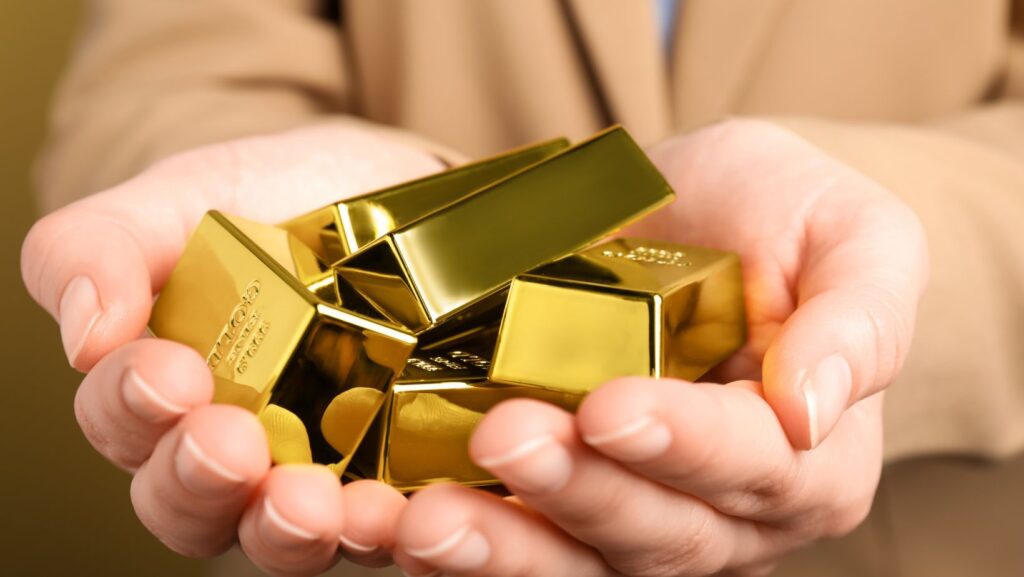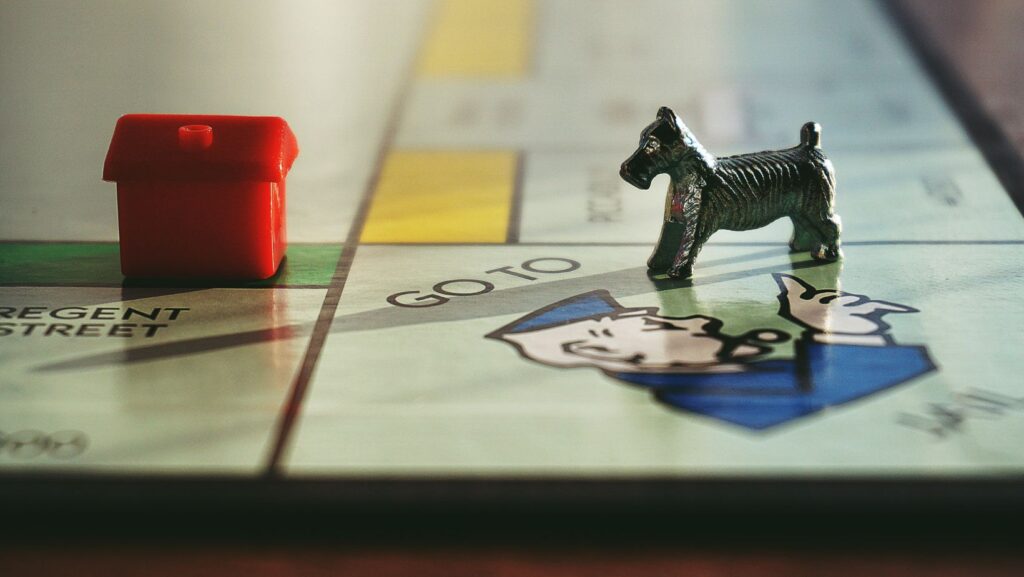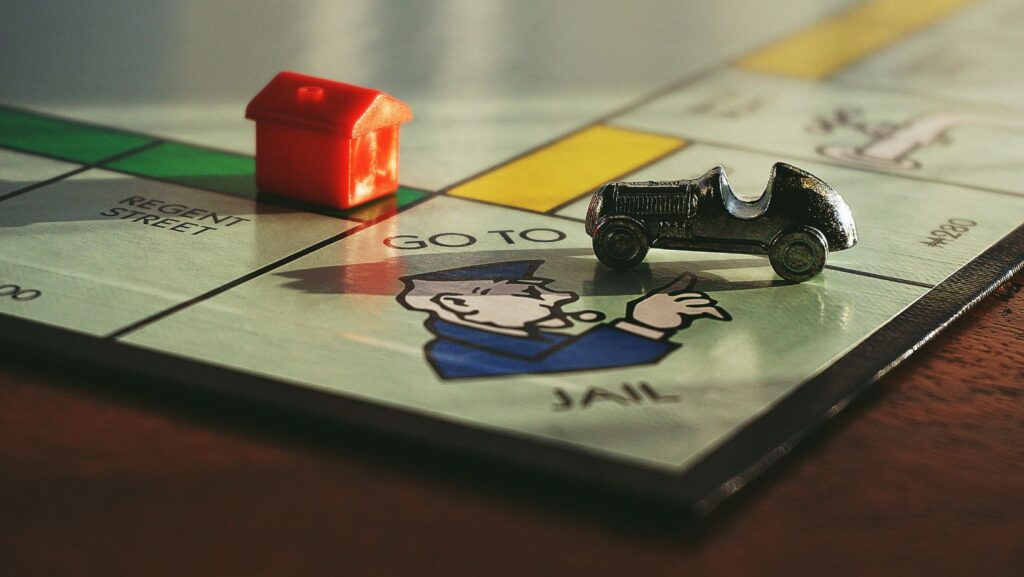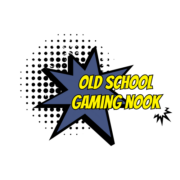Vintage Board Games Worth Money

In a world dominated by digital entertainment, there’s a growing nostalgia for the tactile and social experience of board games. Vintage board games, in particular, have captured the hearts of collectors and enthusiasts alike. These relics from the past not only evoke cherished memories but also hold significant monetary value for those savvy enough to recognize their worth.
From the whimsical artwork of the 1950s to the strategic depth of 1980s classics, vintage board games offer a fascinating glimpse into the evolution of leisure activities. Some of these games, once gathering dust in attics, are now commanding impressive prices at auctions and online marketplaces. Whether it’s a rare edition of Monopoly or an obscure game from a bygone era, these treasures can be worth a small fortune.
For collectors and investors, understanding which vintage board games are worth money is key. This article delves into some of the most sought-after games and what makes them so valuable.
The Appeal Of Vintage Board Games

Vintage board games captivate enthusiasts with their nostalgia and rarity. These games, often revisiting childhood memories, stand as tangible relics of the past, evoking sentimental value. Collectors seek games that represent various eras, characterized by unique design elements and the cultural influences of their times.
Their rarity enhances their allure. Limited production runs and discontinued editions make certain vintage games both challenging and rewarding to find. Games from the mid-20th century, for example, showcase elaborate artwork and craftsmanship not seen in today’s mass-produced games.
Collectibility drives their monetary value. High demand for rare titles leads to competitive auctions where these games often become lucrative investments. Popular vintage games command high prices as their scarcity increases, making them coveted items among collectors and investors alike.
The tactile experience of vintage board games provides a refreshing contrast to digital gaming. Players engage in face-to-face interaction, creating social connections that digital platforms often lack. This aspect attracts individuals searching for more personal gaming experiences.
Together, these factors explain the sustained interest in vintage board games. They represent more than entertainment; they’re cultural artifacts with stories that resonate through generations.
Criteria For Valuing Vintage Board Games
Understanding what makes vintage board games valuable helps collectors and investors make informed decisions. Several key factors determine a game’s worth.
Age And Rarity
Older board games often intrigue collectors, especially those from limited production runs. Games produced before 1970 generally gain more attention due to their historical context. Rarity comes from scarcity, with games that few possess becoming highly sought after. For example, rare editions or variants sometimes bring premium prices at auctions.
Condition And Completeness
The condition of a board game significantly impacts its value. Collectors prefer games with minimal wear, so components should maintain original quality. Complete games with all parts, including instructions and original packaging, usually demand higher prices. Wear and missing pieces detract from the appeal and decrease valuation.
Brand And Historical Significance
Certain brands command recognition, such as Parker Brothers and Milton Bradley, which can increase a game’s value. Historical significance adds appeal, tracing back to cultural moments or influential design shifts. Games that reflect societal changes or are linked to nostalgia-infused eras often attract keen interest and substantial bids.
Top Vintage Board Games Worth Money
Vintage board games have become highly sought after by collectors, fetching high prices due to their rarity, nostalgia, and historical significance.

Monopoly has seen various editions over the decades, with some becoming valuable collector’s items. The 1935 Parker Brothers’ first edition is a notable example, with complete sets in excellent condition selling for thousands. Special editions like the 1991 Franklin Mint Collector’s Edition attract attention for their craftsmanship and limited production.
The Game of Life debuted in 1960, evolving through unique versions. Early editions, especially those with all original pieces and the iconic spinner, are desirable. Editions tied to special themes or anniversaries can also command high prices if well-preserved.
Scrabble, introduced in 1948, is another game with editions worth significant money. The 1949 Selchow & Righter edition is particularly prized among collectors, especially mint condition sets with original tile bags and instruction booklets. Sets linked to historical events or limited productions further increase in value.

